Professional photographer Peter McCabe has shot great images all over Ireland and other parts of the world.

He also runs workshops for beginners and budding photographers. Click here for more information.
He has agreed to write an article for Ireland Calling about a place that holds a special place in his heart. He also discusses how he can get the best out of a scene and offers tips for people looking to get into photography.
Here Peter tells the story of one of his favourite photos in his own words:
Making the most of scenes with photographic potential
As a self-taught landscape photographer, there are locations you come across that are special. In fact, to say some haunt you with their photographic potential wouldn’t be too strong of a statement.
One such location that has haunted me is the Island of Inis Oirr, the smallest and perhaps the most beautiful of the Aran Islands.
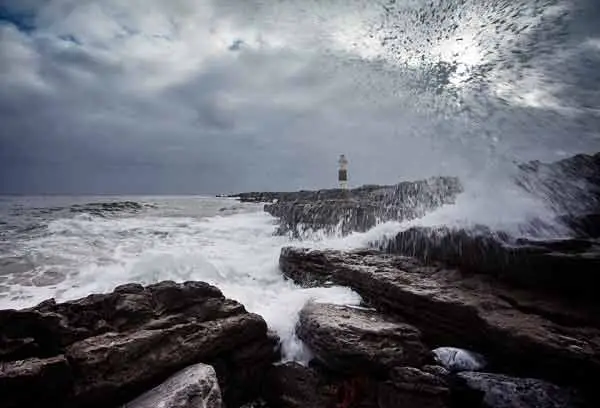
The lighthouse that sits on the uninhabited east side of the Island, has been calling me for many years. Last year, I was fortunate to spend a few nights on the Island, and after a short six minute Aer Arann flight from Inverin near Spiddal, I dropped the bags and went straight to the stretch of coast the lighthouse sits on.
Landscape photographers by their nature are picky, always finding issues with something that isn’t quite right in the scene before them. However on this afternoon, that nit picking was justified as the most important condition of them all “Light” wasn’t right.
With the weather forecast for the following day looking dismal I set about making the most of these conditions, by attempting to craft a composition that gave a sense of place to this wonderful location.
Despite numerous photographs, nothing quite seemed right. As the tide began to retreat, I used the best lens a photographer has (their legs) and dropped in amongst the relative safety of some raised rocks.
With waves intermittently crashing in on my position, I utilised an umbrella to shield the camera, and waited and watched for the right wave to roll in and crash over me and the camera sheltered by the umbrella.
Even under less than ideal lighting conditions, the composition along with the use of a fast shutter speed to freeze the water in mid air has resulted in an image that depicts the beauty and drama of the location.
Which brings me to a question I am often asked, how can I make my photograph stand out from the rest. What tips can you give?
Tips from a professional photographer
A couple of tips I would offer are as follows:
Develop an eye – Understand what makes a good composition. Look at the work of other photographers or painters. While good cameras are everywhere these days, be it the smartphones in our pockets to high end DSLR cameras; good photographic eyes aren’t.
Persistence – Return often to a location you think has potential. Watch it throughout the seasons, under varying lighting conditions, and keep coming back.
Get up early – Arrive at a chosen location 30 – 40 mins before sunrise and watch how the light changes as the sun nears the horizon. Those images you capture before the sun gets up can be dramatic. When the sun does get up, it rises quickly and you have less time than you think to work that golden morning light.
Plan – Know where you are going, know where you are going to set-up. There is nothing worse that chasing the light. If going somewhere you are not familiar with, use good quality maps to re-search the location. Google earth is a good utility as are APPs like The Photographers Ephemeris, which will show sunrise and sunset direction for any point on earth on any given day.
Composition – When photographing grand vistas, don’t try and cram everything in. Often what you leave out of the composition is more important than what you leave in.
Be Brave (within reason) – Don’t be afraid to get wet – the interplay of light as a weather front clears or comes in is dramatic. That light at the interchange of weather fronts can add an extra dimension to your photograph.
Explore – Stay away from well photographed locations and try and discover somewhere new. Let other photographers find your tripod holes. When exploring new locations, don’t take the camera out straight away. Take your time and explore the location.
Take a workshop – Take a photo workshop in your area of photographic interest. The smaller the group size the better the one to one tuition.
Thanks to Peter for taking the time to write for us. If you would like to learn more about him and his workshops click here to visit his website.
Take a look at some more of Peter’s photographs below
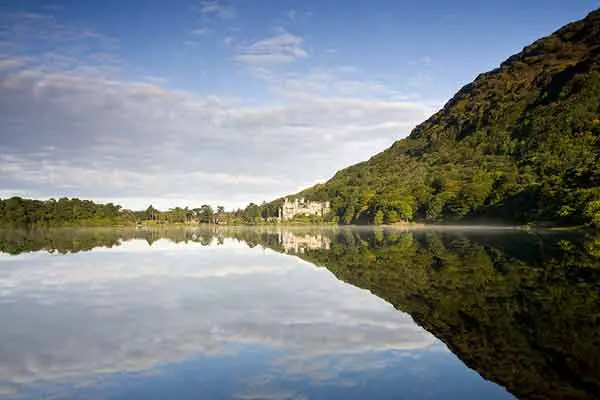
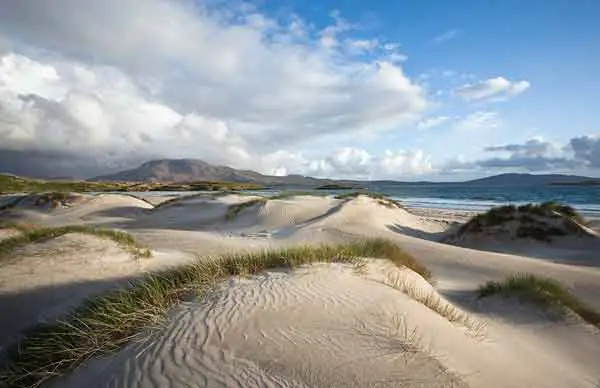
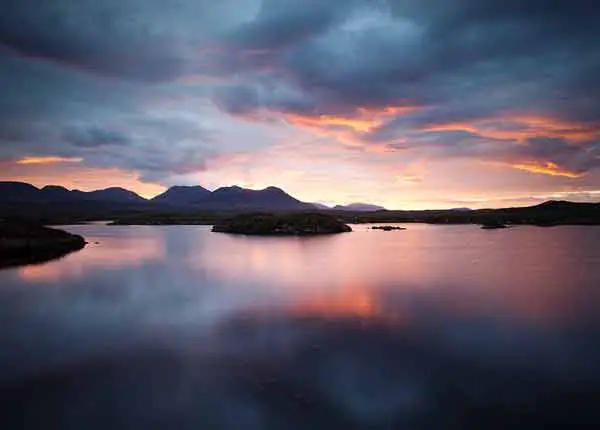
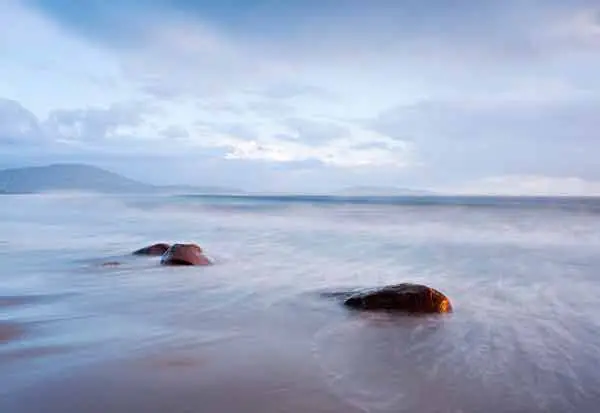
art.html”]